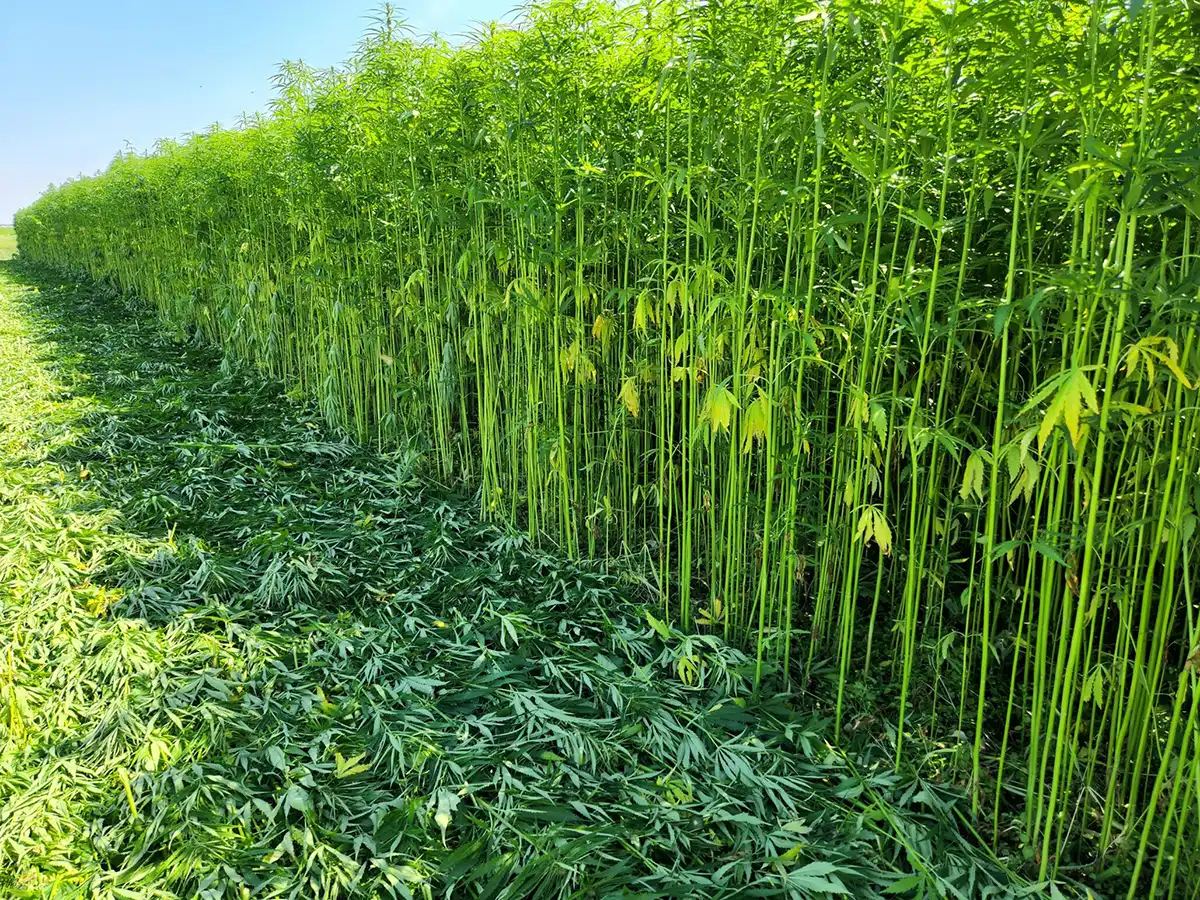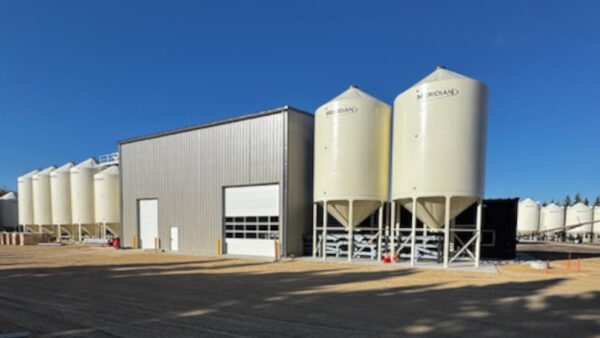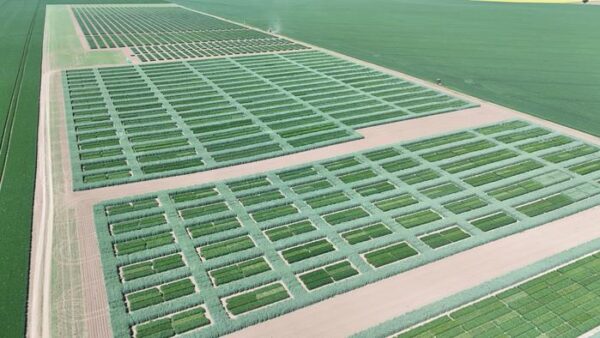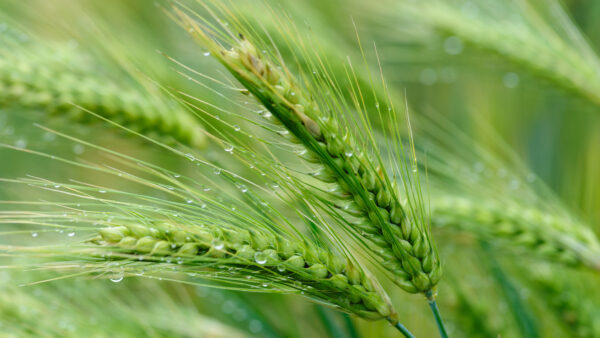A new research project at the University of Alberta (U of A) is looking at how sunshine can boost canola yields, the university says in a news release on July 23.
“Scientists and farmers are interested in the idea of capturing the sun, which is a free resource, and if we can get higher plant output together with optimizing fertilizer use in cropping systems, it makes sense,” Linda Gorim, a plant scientist in the faculty of agricultural, life and environmental sciences at the U of A, says in the release.
Gorim plans to review up to 300 breeding lines of canola from around the world to find out which are are best at photosynthesis — a plant’s natural process to draw energy from the sun to grow. The research will take place over the next three years, the release notes.
“We want to identify lines with superior photosynthetic capacity, with the end goal of boosting yield,” Gorim explains.
Similar assessments for photosynthetic capacity are being done globally for wheat, but Gorim’s work at the U of A is the first to measure it for canola, the release says.
Gorim will use a handheld device called the MultispeQ meter, the release says. The preprogrammed, stapler-like gadget, paired to their smartphones, is clipped onto the plants to track which breeding lines are capturing light energy from the sun more efficiently than others. The data, recorded on a PhotosynQ platform, can be downloaded in spreadsheet format from any computer for error-free analysis.
The research project, which is co-led by U of A professor Habibur Rahman, is supported by Results Driven Agriculture Research and the Canola Council of Canada, the release says.











